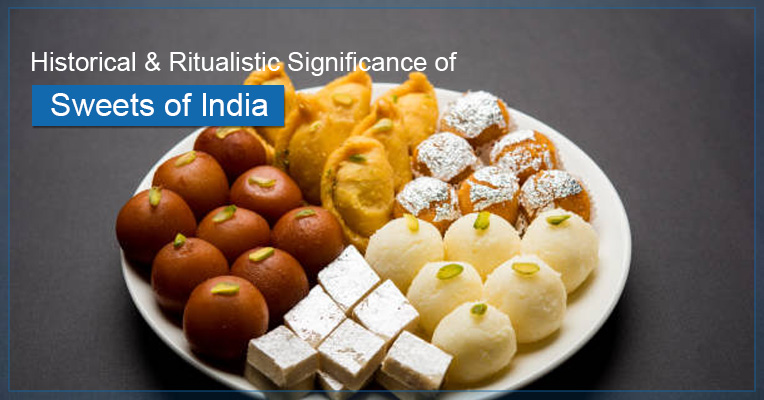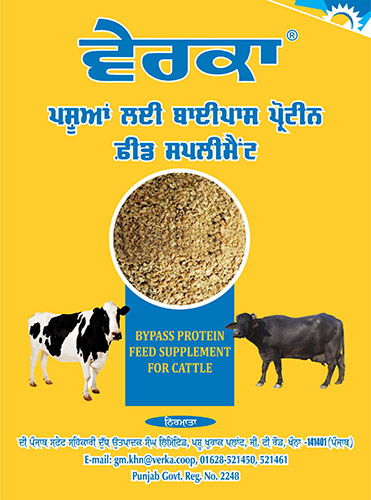Sweets of India? Their Historical & Ritualistic Significance.

Current issues with sweet consumption in India and the way forward.
Festivities in an Indian household are always marked by sweets or mithai and the first bite is offered to Gods and after that mere mortals are given some as a prassada to cleanse the soul. The vast array of mithais in India have traversed a long journey over multiple millennia and have been inspired by ingredients, cooking techniques and tastes from all over the world.
Milk and milk products like curd and ghee have been vital ingredients of all sweets in the Indian civilization. A peda or a milk produced fudge is an offering to Hindu Gods, many of them food connoisseurs as per our ancient mythology. Payasam or kheer is a rice and milk porridge flavoured with spices or flower extracts is a traditional offering to Lord Krishna on Janmashtami (his birthday). Honey and gur or jaggery derived from date palm were the sweeteners used in Indian sweets before sugar became popular.
In northern and western parts of the country, evaporated and solidified milk, called khoa or mawa, is primarily used to make mithai. Barfi and peda have khoa as the main ingredient. Kalakand, rabri and milk cake have also evolved from this process of reducing the milk. Milk reduced to about one-fourth of its volume and then sweetened with sugar is known as rabri. When our ancestors in east India discovered how to curdle milk, to prepare soft chhena, the range of sweets extended to delicacies like rossogolla, sandesh, rajbhog, rasmalai and chamcham. Simple roasting of besan (gram flour) with sugar results in mysorepak, a traditonal sweet from the south of India.
Arab traders and settlers brought with them the tradition of Halwas. Flour, fruits, vegetables and dry fruits were mixed with sugar and milk or water to make halwa. Halwas can be prepared using cheap ingredients and have a long shelf-life. Turkish and Mughal influence is responsible for a variety our sugar dipped sweets – ShahiTukda, jalebis, Kulfi, Faluda, balushahi etc. Each region has many popular variants of these.
India consumes almost 28 million tonnes of sugar a year and this is much more than the amount of sugar consumed by China. India is also considered the diabetes capital of the world, with over 60 million Type-2 diabetes patients. Bothered about their health, Indians have started reducing consumption of sugar-rich sweets and our chefs are now using ingredients like oats, jaggery, dates and figs to create unique desserts that are both tasty and healthy.
Courtesy – Chef Manjit Gill.





























